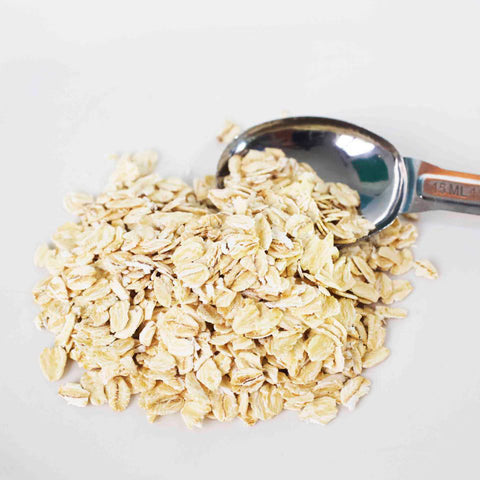

Cholesterol - How to reduce it
What is the proper cholesterol level?
Various epidemiological studies have shown that blood concentrations of total cholesterol greater than 200 mg/dl are related to an increase in cardiovascular processes.
In the presence of other concomitant risk factors or cardiovascular diseases, this level should be lower. For this we are guided by the level of LDL cholesterol (the bad one).
In patients with very high risk, considered type 2 diabetics and those who have already suffered from cardiovascular disease, or whose calculated risk of dying from it is greater than 10% in 10 years, they should try to achieve cholesterol levels- LDL below 70 mg/dl.
For those at high risk (5-10%) the maximum level would be 100mg/dl and for those at moderate risk (1-5%) their LDL level should not exceed 115mg/dl.
Eat plenty of soluble fiber. Foods rich in soluble fiber help prevent the digestive tract from absorbing cholesterol. These foods include:
Adequate diet in cholesterol.
Whole grain cereals like oatmeal and oat bran
Fruits like apples, bananas, oranges, pears, and plums
Legumes such as kidney beans, lentils, chickpeas, kidney beans, and broad beans
Eat lots of fruits and vegetables. A diet rich in fruits and vegetables can increase important cholesterol-lowering substances in your diet. These substances, called plant stanols or sterols, function like soluble fiber.
Eat fish rich in omega-3 fatty acids. These acids will not lower your bad cholesterol (LDL) level, but they can help raise your good cholesterol (HDL) level. These fats can also protect your heart from blood clots and inflammation and reduce your risk of heart attack. Good sources of omega-3 fatty acids include salmon, tuna (canned or fresh), and mackerel. Try to eat these fish twice a week.
Limit salt. You should try to limit the amount of sodium (salt) you eat to no more than 2,300 milligrams (about a teaspoon of salt) per day. That includes all the salt you eat, whether it was added in the kitchen or at the table, or is already present in food products. Limiting salt won't lower your cholesterol, but it can lower your risk of heart disease by helping to lower your blood pressure. You can reduce salt by choosing low-salt and "no salt added" foods, as well as choosing seasonings at the table or in cooking over salt.
Limit alcohol. Alcohol adds extra calories, which can lead to weight gain. Being overweight can raise your bad cholesterol level and lower your good cholesterol level. Too much alcohol can also increase your risk of heart disease, because it can raise your blood pressure and triglyceride level. A drink is a glass of wine, beer, or a small amount of hard liquor, and the recommendation is:
No more than two alcoholic drinks a day for men
No more than one alcoholic drink a day for women
Oatmeal and cholesterol
Oatmeal contains soluble fiber, which lowers low-density lipoprotein (LDL) cholesterol, the "bad" cholesterol. Soluble fiber is also found in foods such as beans, Brussels sprouts, apples, and pears.
Soluble fiber may reduce the absorption of cholesterol into the bloodstream. 5 to 10 grams or more of soluble fiber per day lowers LDL cholesterol. A serving of a breakfast cereal with oatmeal or oat bran provides 3 to 4 grams of fiber. Adding fruit, like a banana or berries, gives you even more fiber.
Oatmeal has an antihypercholesterolemic effect, which means that it helps reduce LDL and triglyceride levels, so it also helps reduce plaque in the arteries. This occurs due to the contribution of antioxidants and beta-glucans in this cereal, which help fight cell oxidation, regulate blood pressure and fight inflammation, which consequently also prevents cardiovascular diseases.
How much oatmeal should you eat to lower cholesterol?
According to various experts, if you want to reduce cholesterol with the help of oatmeal, you should eat a cup and a half of cooked oatmeal a day. It is estimated that cholesterol can be lowered between 5 and 8% with four weeks of consumption.
On the other hand, the World Health Organization (WHO) recommends eating between 25 and 30 grams of oats a day, which is equivalent to about three or four tablespoons a day, trying to keep it always cooked.



